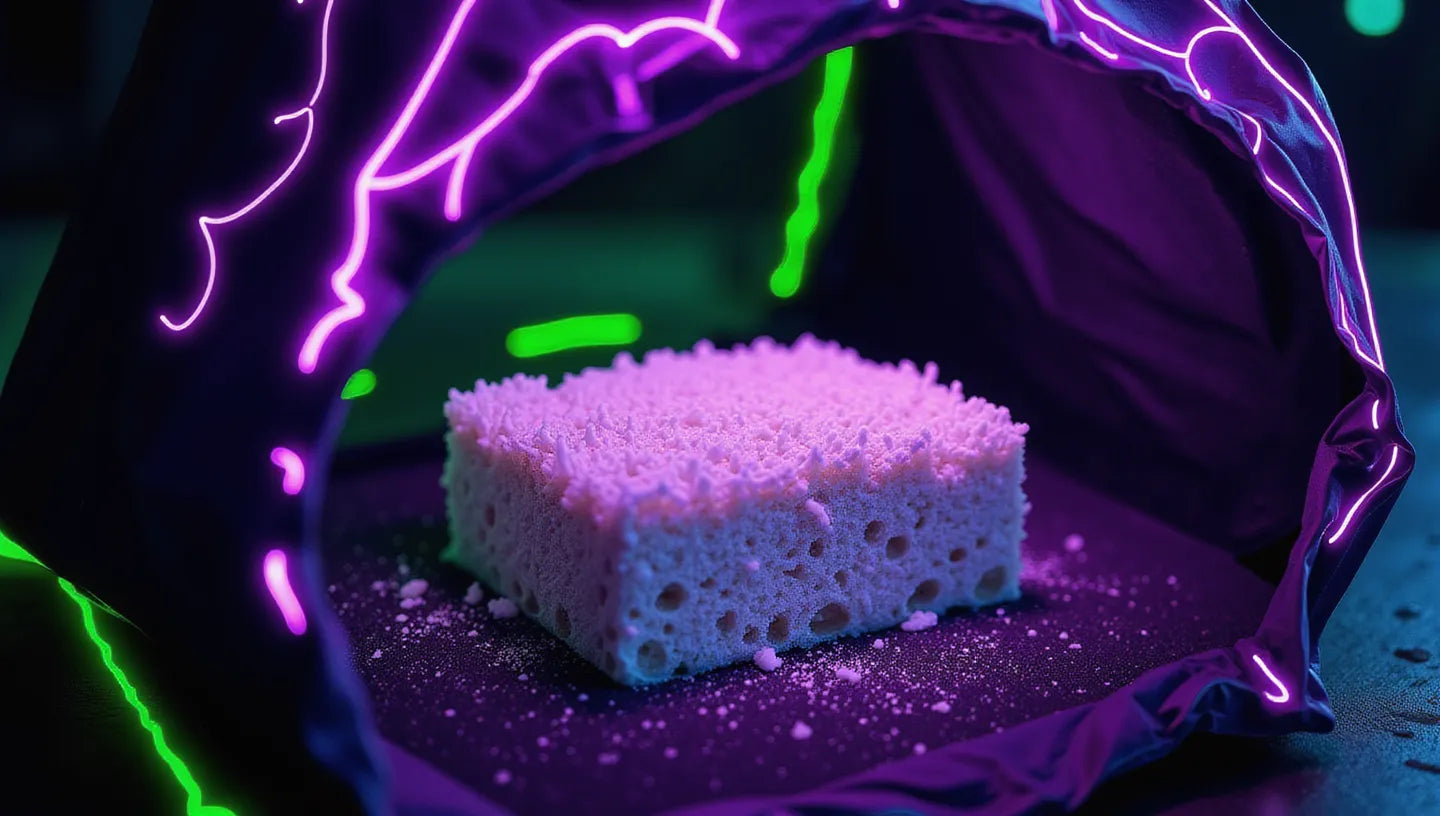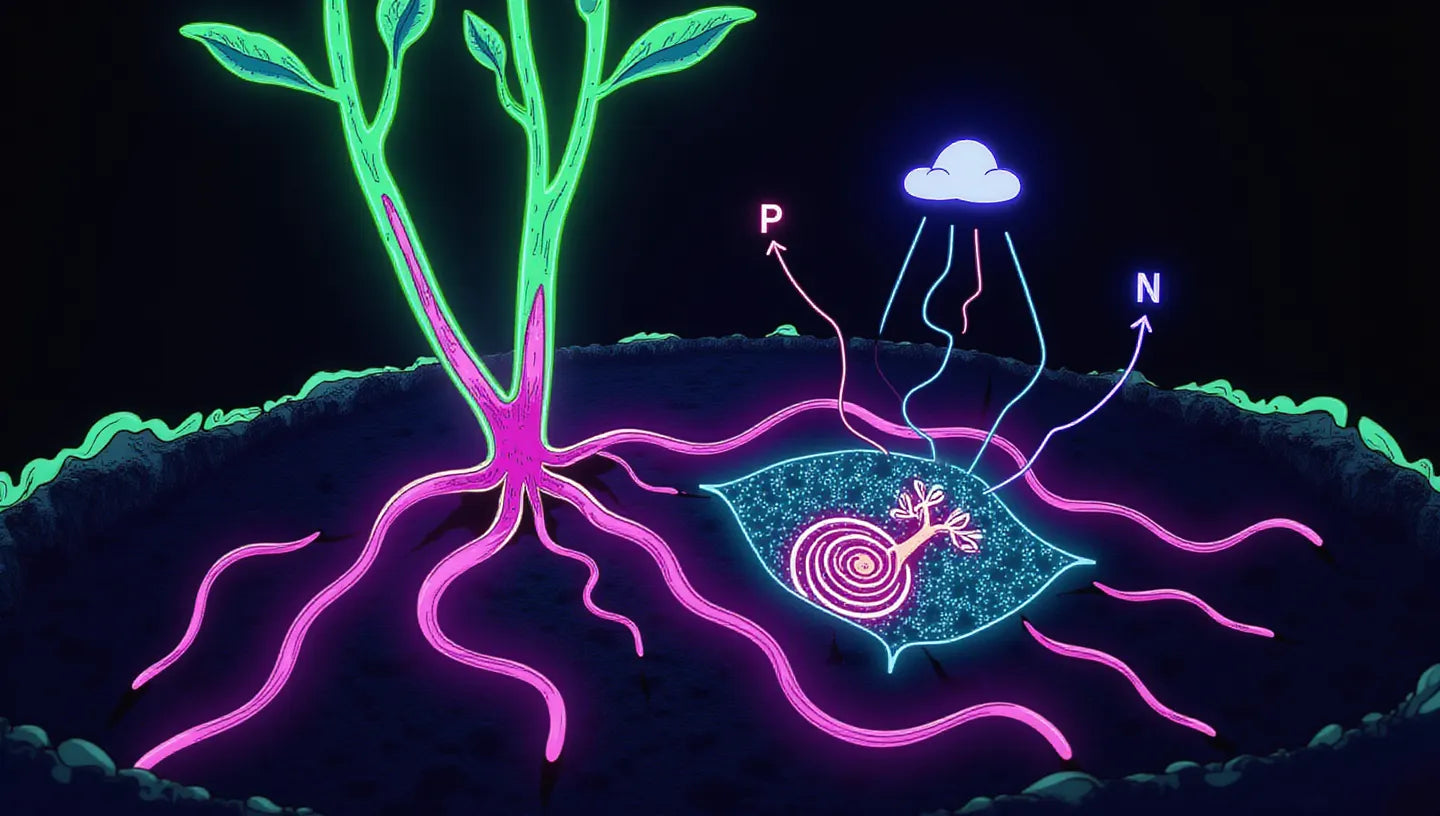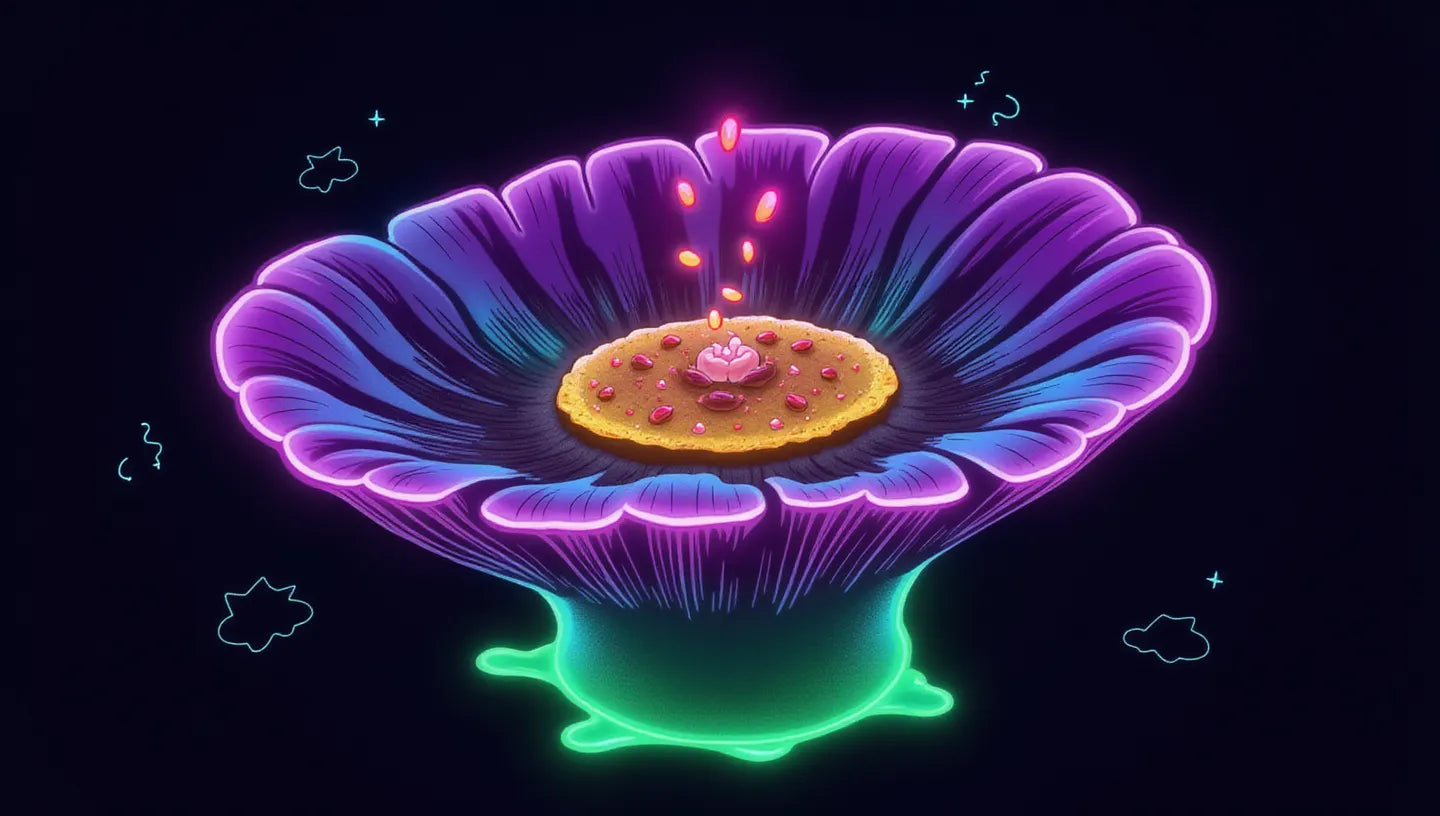Grower's Glossary
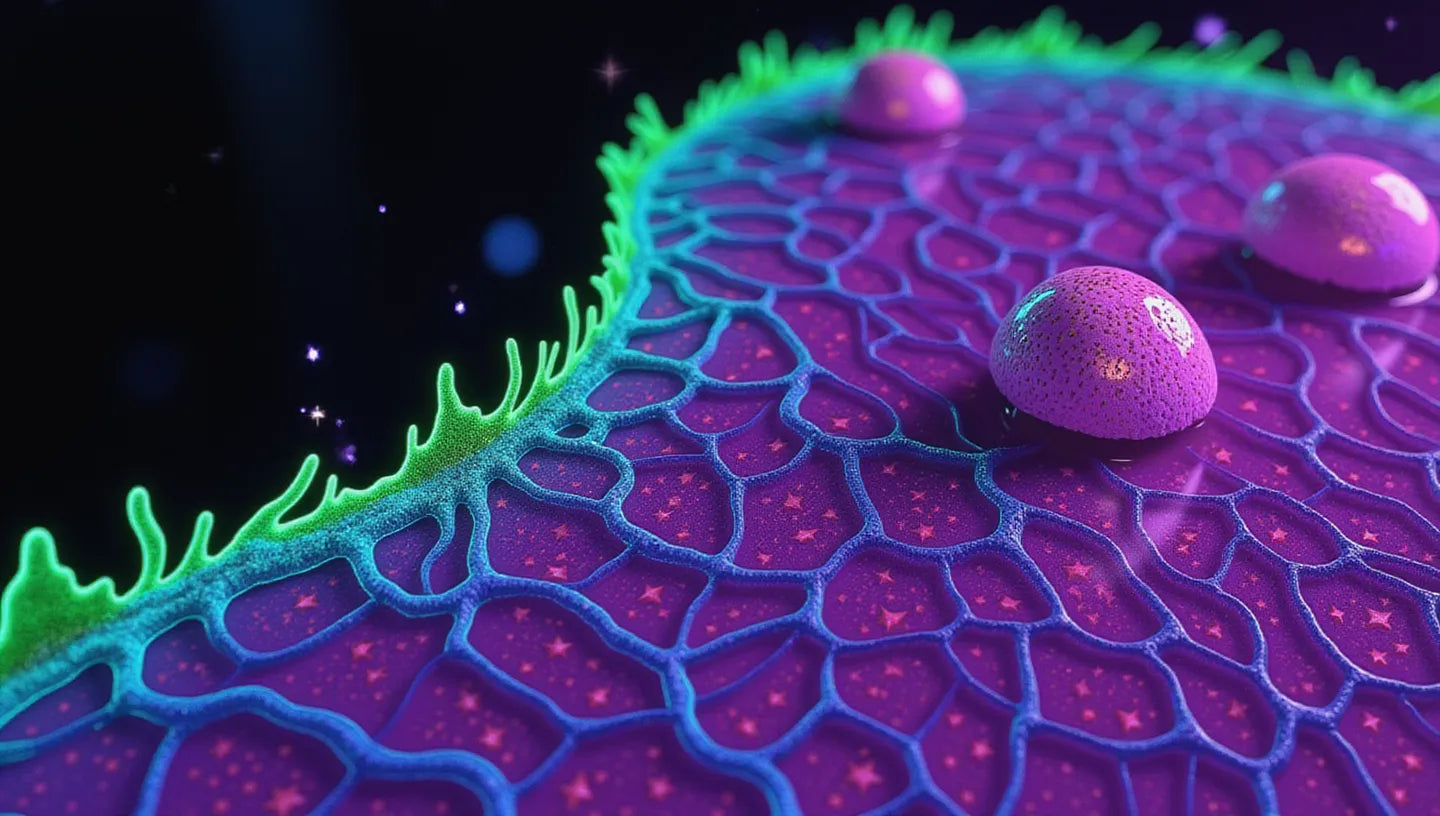
Kingdom Fungi: What Makes Fungi So Unique?
Explore the fungal kingdom—from mycelium and mega-fungi to medicine, food, and bioremediation—and learn how mushrooms shape ecosystems and human life.

Karyogamy: What Happens During Nuclear Fusion?
Learn how karyogamy—the fusion of fungal nuclei—powers mushroom reproduction, boosts genetic diversity, and helps growers breed stronger, better strains.

Imperfect Stage: What Does It Mean in Science and Life?
Explore the “imperfect stage” of fungi—how asexual reproduction works, why it matters in cultivation, and how this idea also reflects personal growth and change.
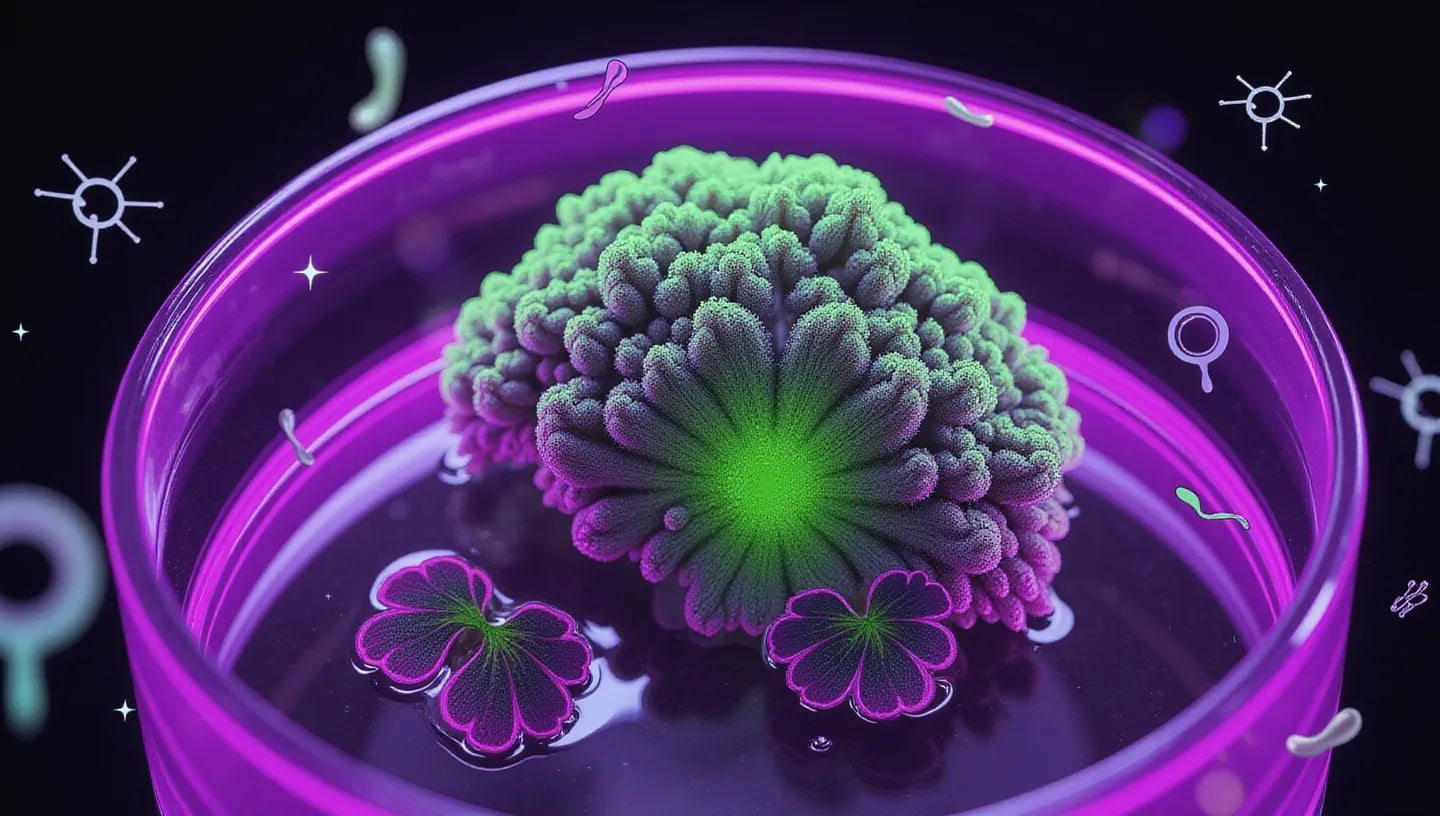
Imperfect Fungi (Fungi Imperfecti)
Explore the world of “imperfect fungi”—how asexual species were classified, redefined by DNA sequencing, and why they remain vital in medicine, biotech, and agriculture.
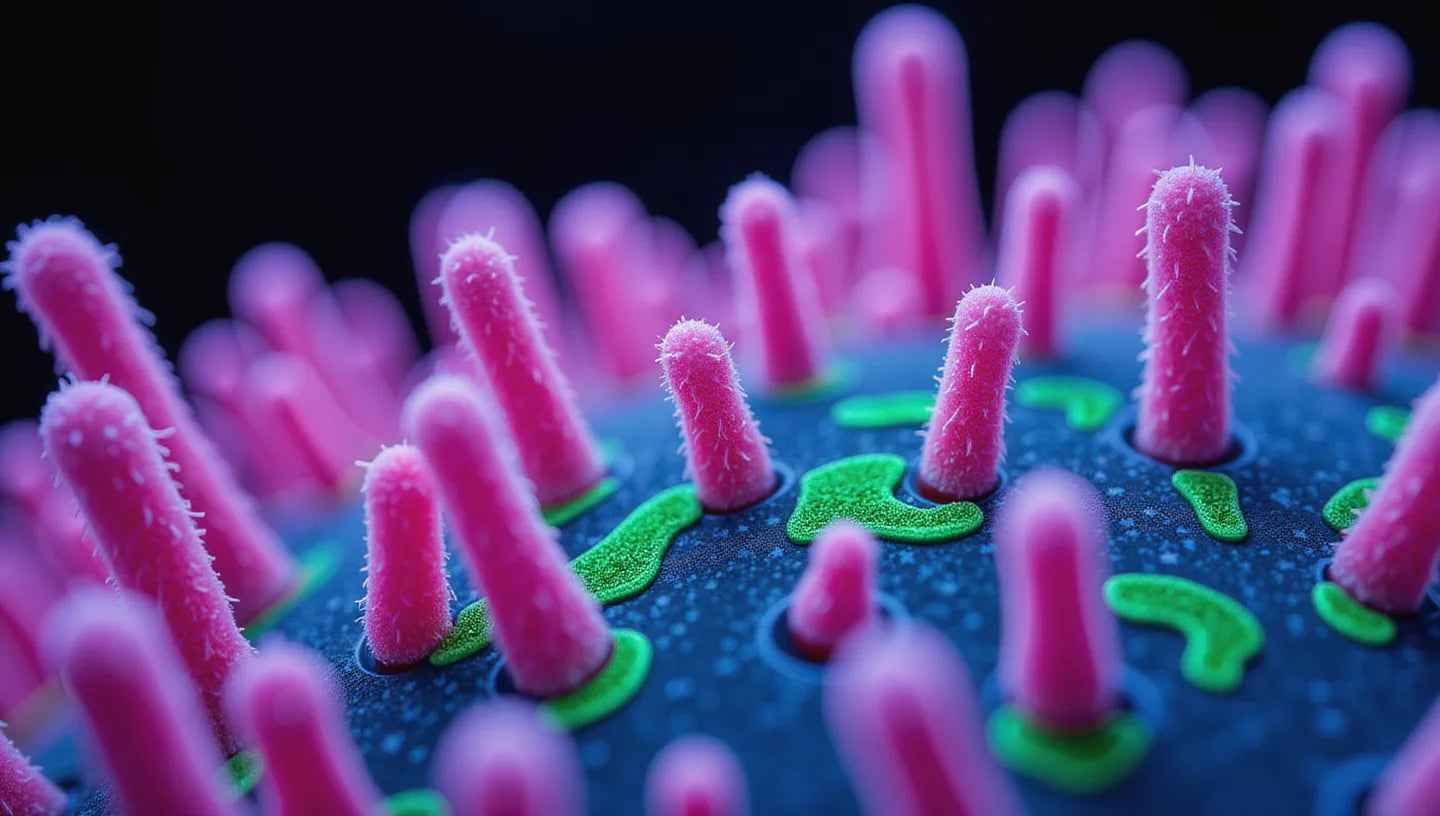
Hyphal Pegs: How Can You Identify Them?
Learn what hyphal pegs are, how to spot them in gill cross-sections, and use basic stains and microscopy to level up your mushroom identification skills.

Hygrophanous Mushrooms: What Causes Color Change?
Learn how hygrophanous mushrooms change color with moisture, how to identify them safely in the wild or in grow kits, and how to avoid toxic lookalikes.

Host Range in Viruses: What Really Determines It?
Explore how viruses choose their hosts, what drives host jumps, and why mycoviruses matter for mushroom growers, agriculture, and fungal biotechnology.
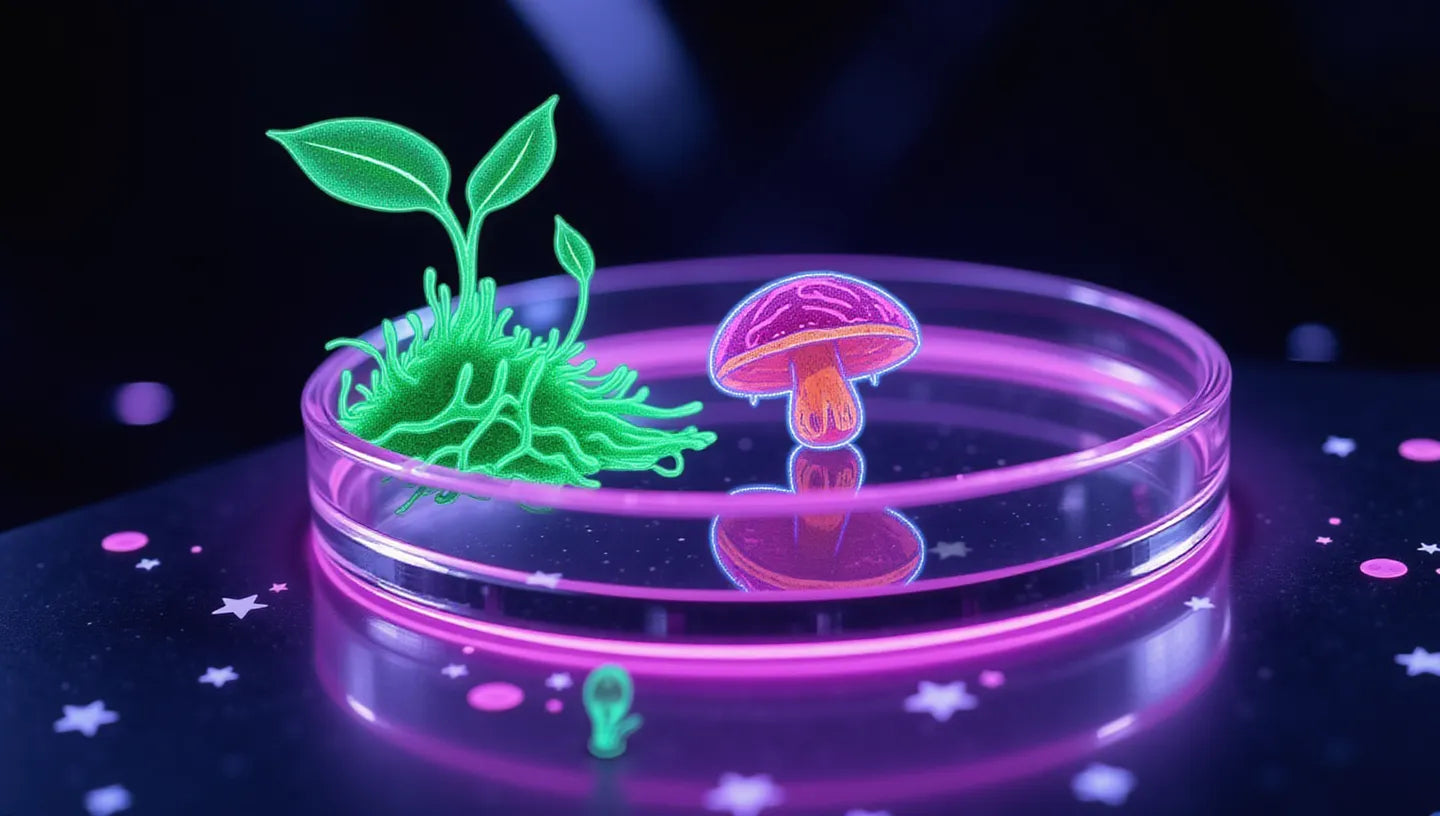
What Are Holomorphs in Fungi and Why Do They Matter?
Learn how holomorph fungi unify sexual and asexual stages — and how DNA barcoding plus the “One Fungus = One Name” rule simplify fungal ID, research, and cultivation.

Host Specificity: How Important Is It?
Learn how fungal host specificity and parasite host range influence disease emergence, biocontrol safety, and eco-friendly fungal pest management strategies.
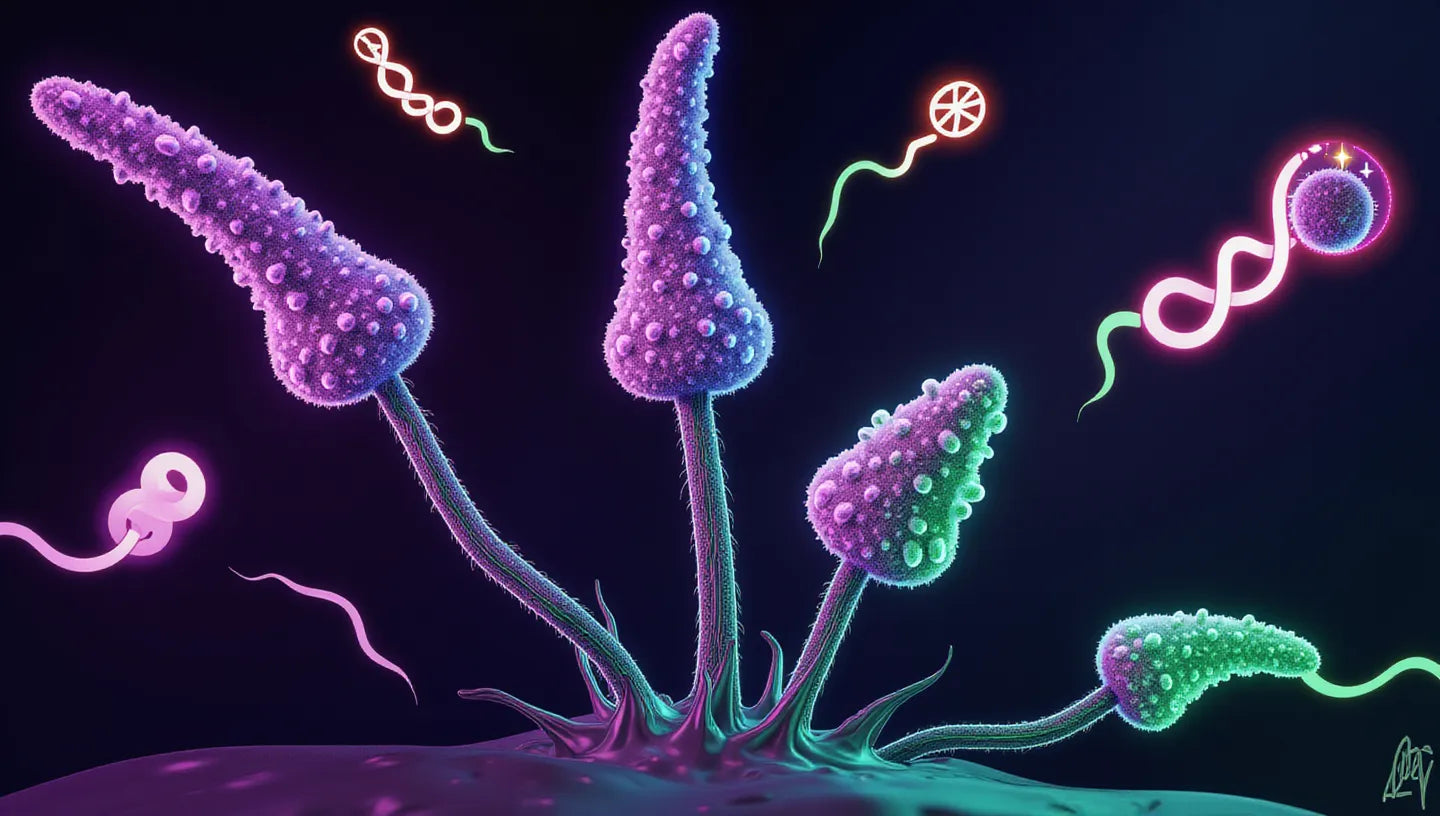
What Is Conidia in Fungi?
Learn how conidia—clonal asexual spores—help fungi spread fast, drive crop diseases, and threaten mushroom grows, plus how to spot and manage them.

Cleistothecium: What Is It and Why Does It Matter?
Learn what cleistothecium are, how these sealed fungal fruiting bodies protect ascospores, drive plant disease cycles, and matter for growers and researchers.

Brown Rice Flour for Mushrooms: Does It Boost Yields?
Learn how brown rice flour boosts mushroom yields, speeds colonization, cuts contamination risk, and offers an easy, beginner-friendly substrate upgrade.
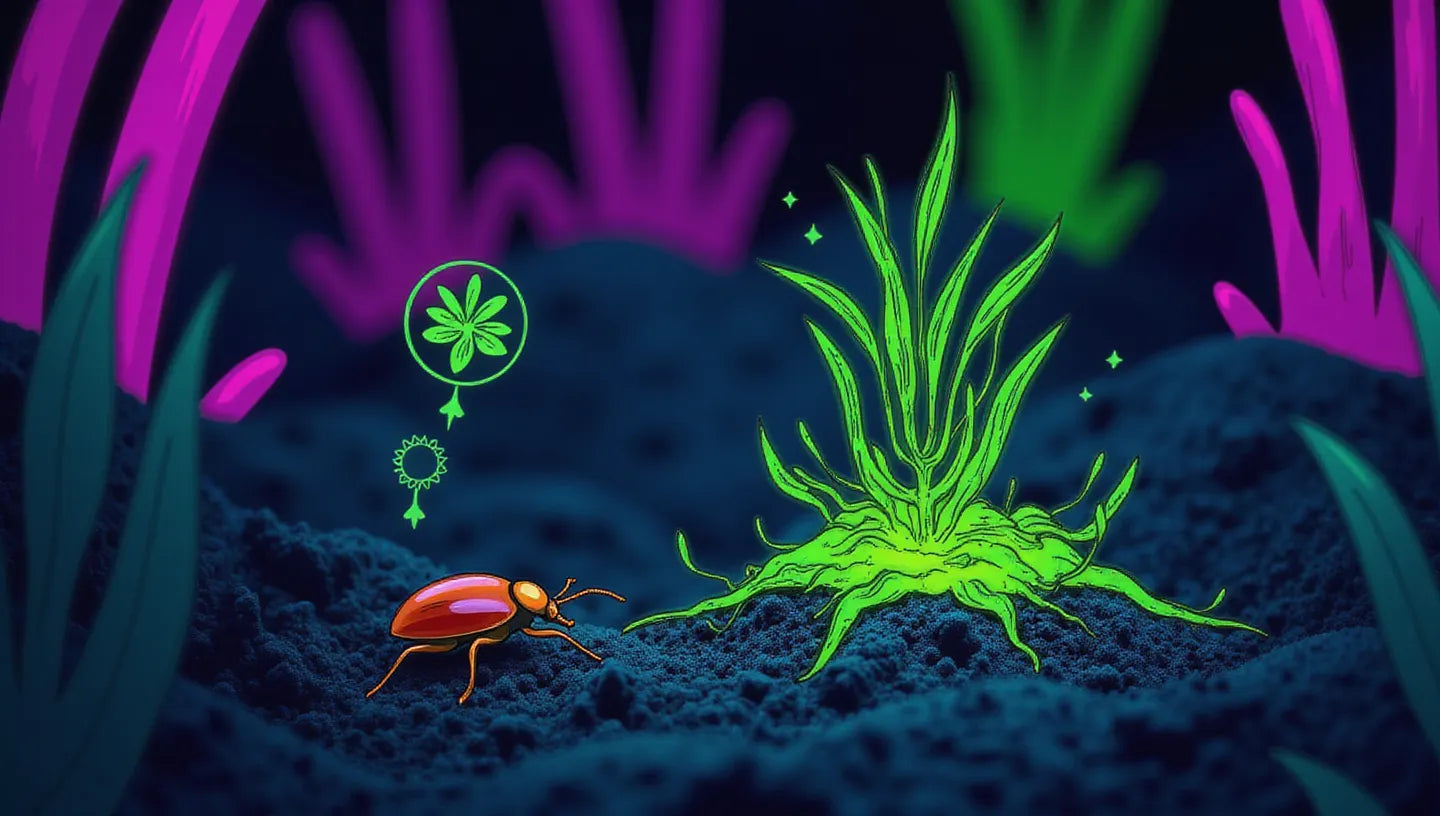
Biocontrol: Can Nature Really Tackle Invasive Species?
Discover how fungi, insects, and microbes safely control invasive species. Learn the science behind biocontrol, its benefits, and future innovations.
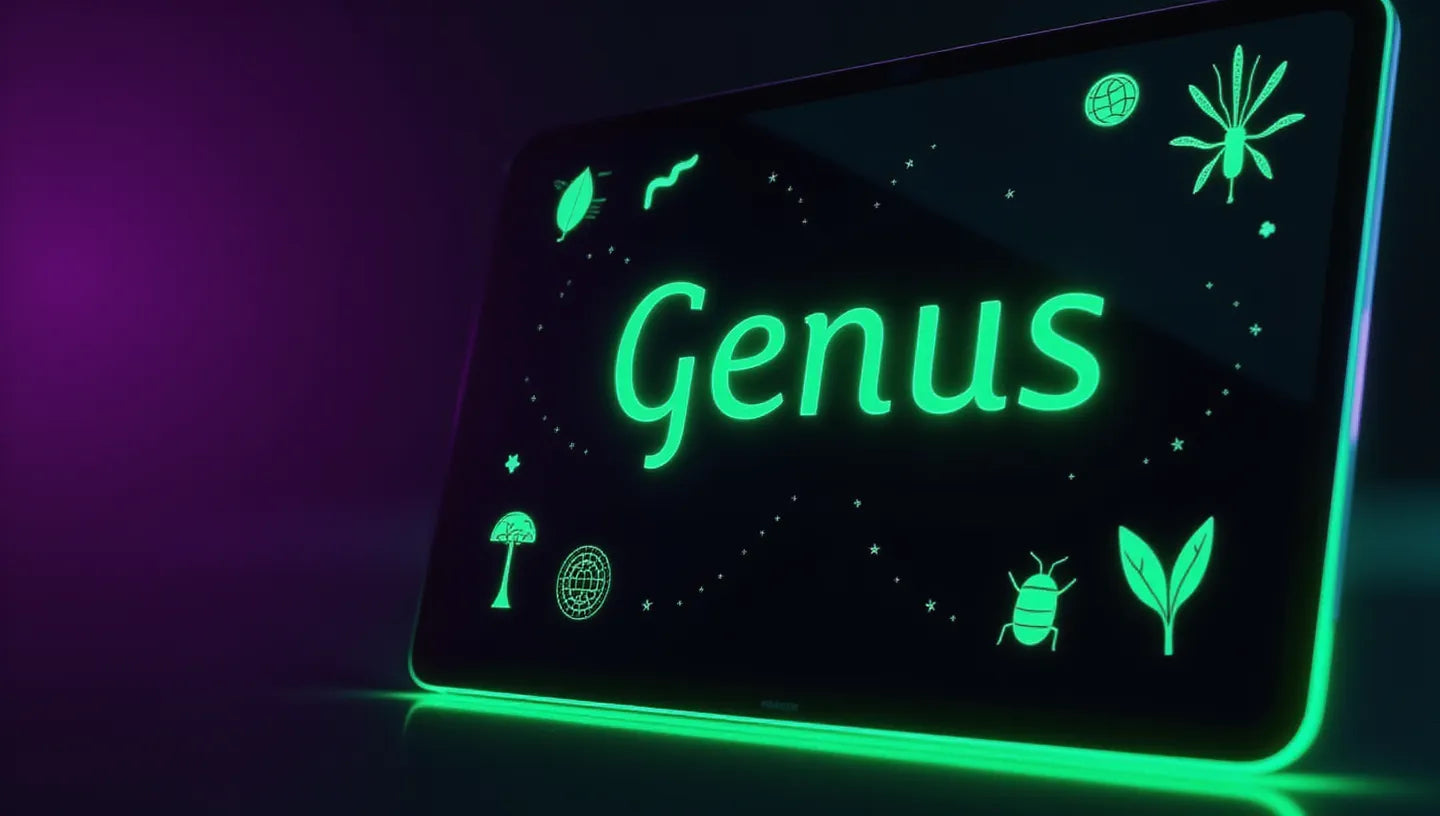
Binomial Nomenclature: Still the Best Way to Name Species?
Learn how binomial nomenclature, DNA barcoding, and scientific naming keep mushroom identification accurate, global, and safe for growers and foragers.

Basionym Meaning: What's the Difference from Protonym?
Learn what basionyms are, why fungal names change, and how understanding scientific names helps you avoid mislabeling, bad orders, and legal issues.
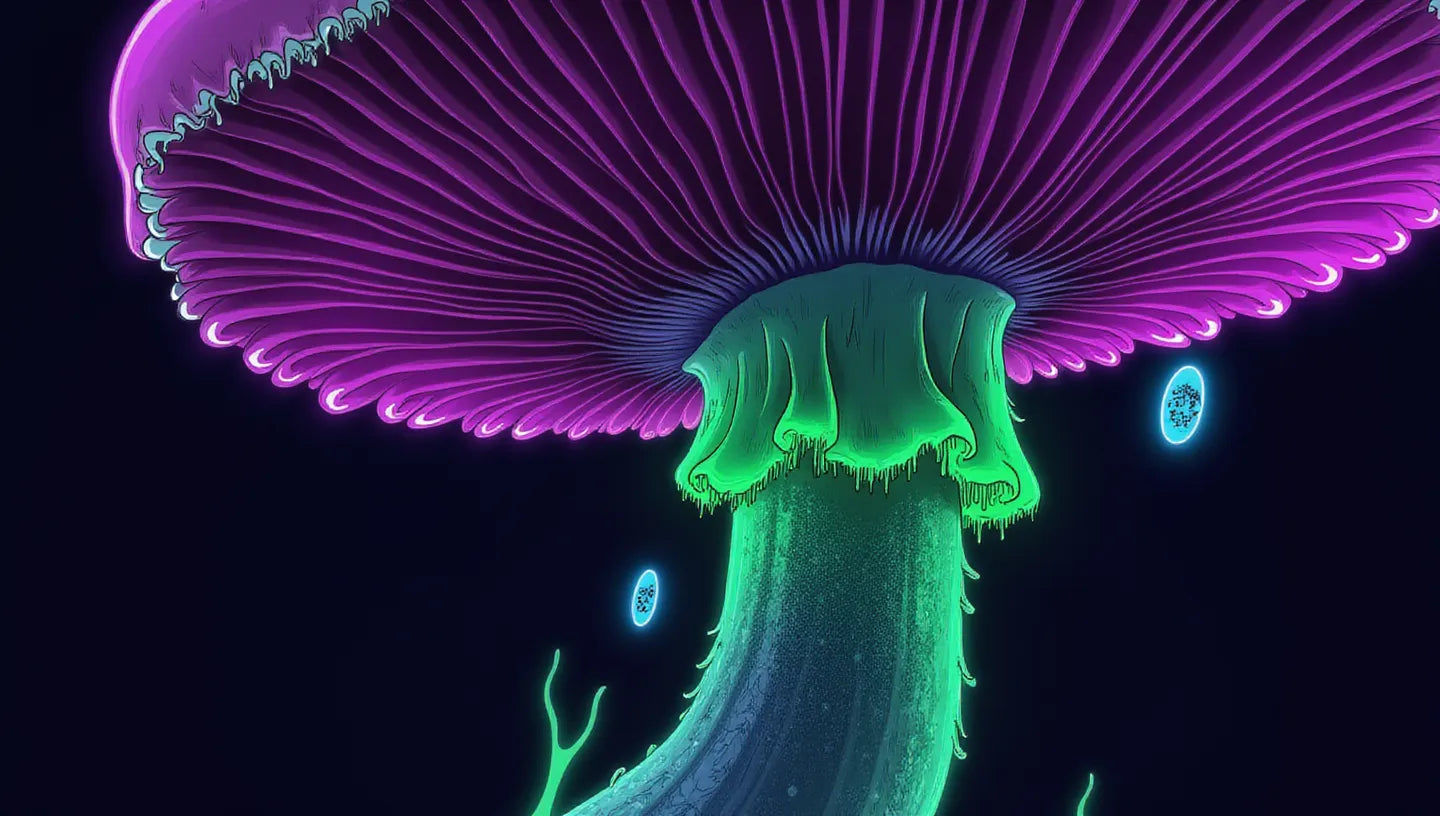
Basidiomycetes Fungi: What Makes Them Unique?
Learn what makes Basidiomycete mushrooms unique—from lignin-eating forest recyclers to medicinal reishi and shiitake—and how to grow them safely at home.
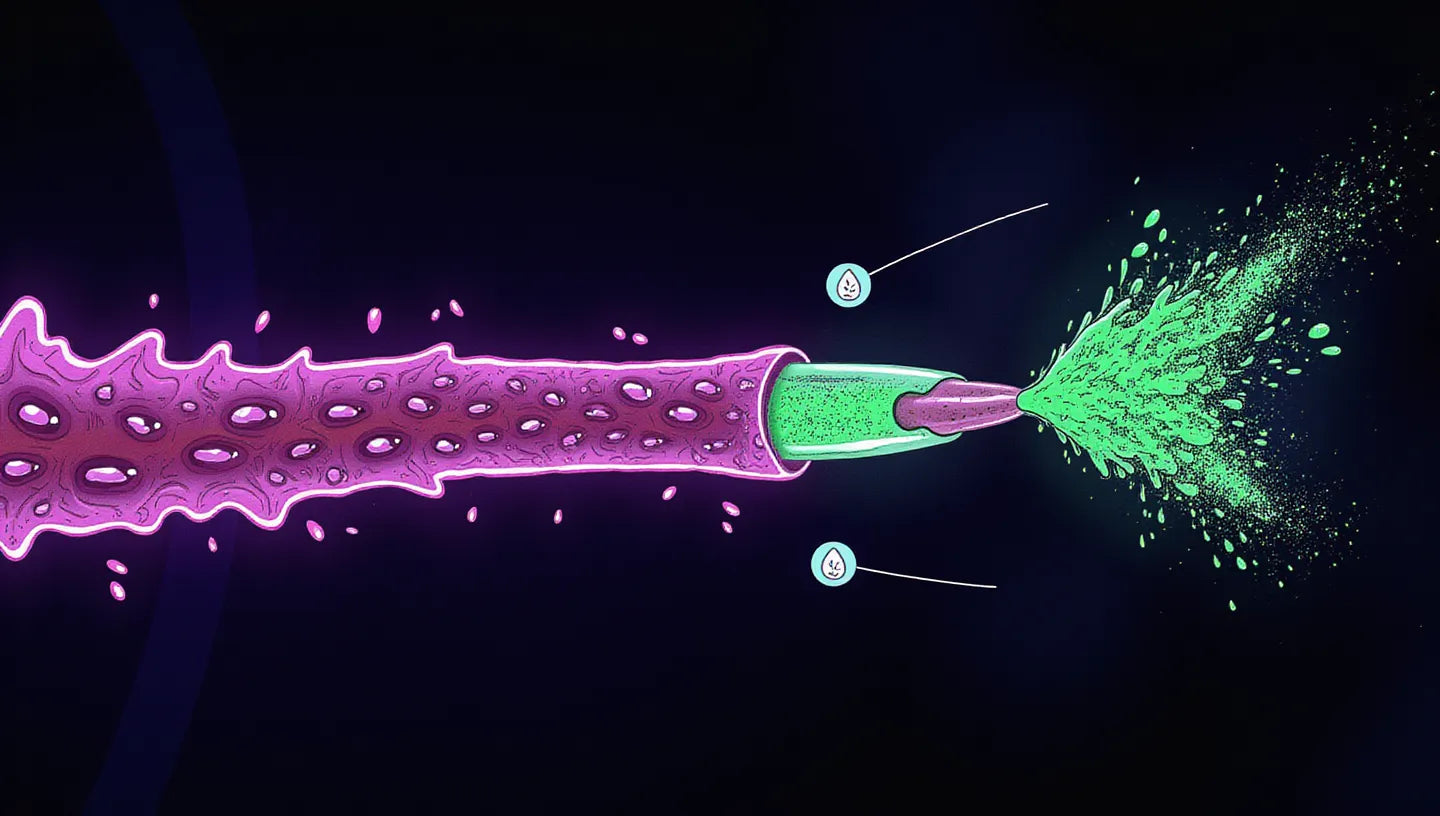
Ascus Fungi: How Do Spores Really Fire?
Fungi use high-pressure ascus “cannons” to launch spores at extreme speeds, helping them spread, escape competition, and colonize new substrates with incredible efficiency.

Sac Fungi: What Are Ascomycetes and Why Do They Matter?
Discover how sac fungi (Ascomycetes) power ecosystems, food, medicine, and biotech—from truffles and morels to yeasts, antibiotics, and lichens today worldwide.
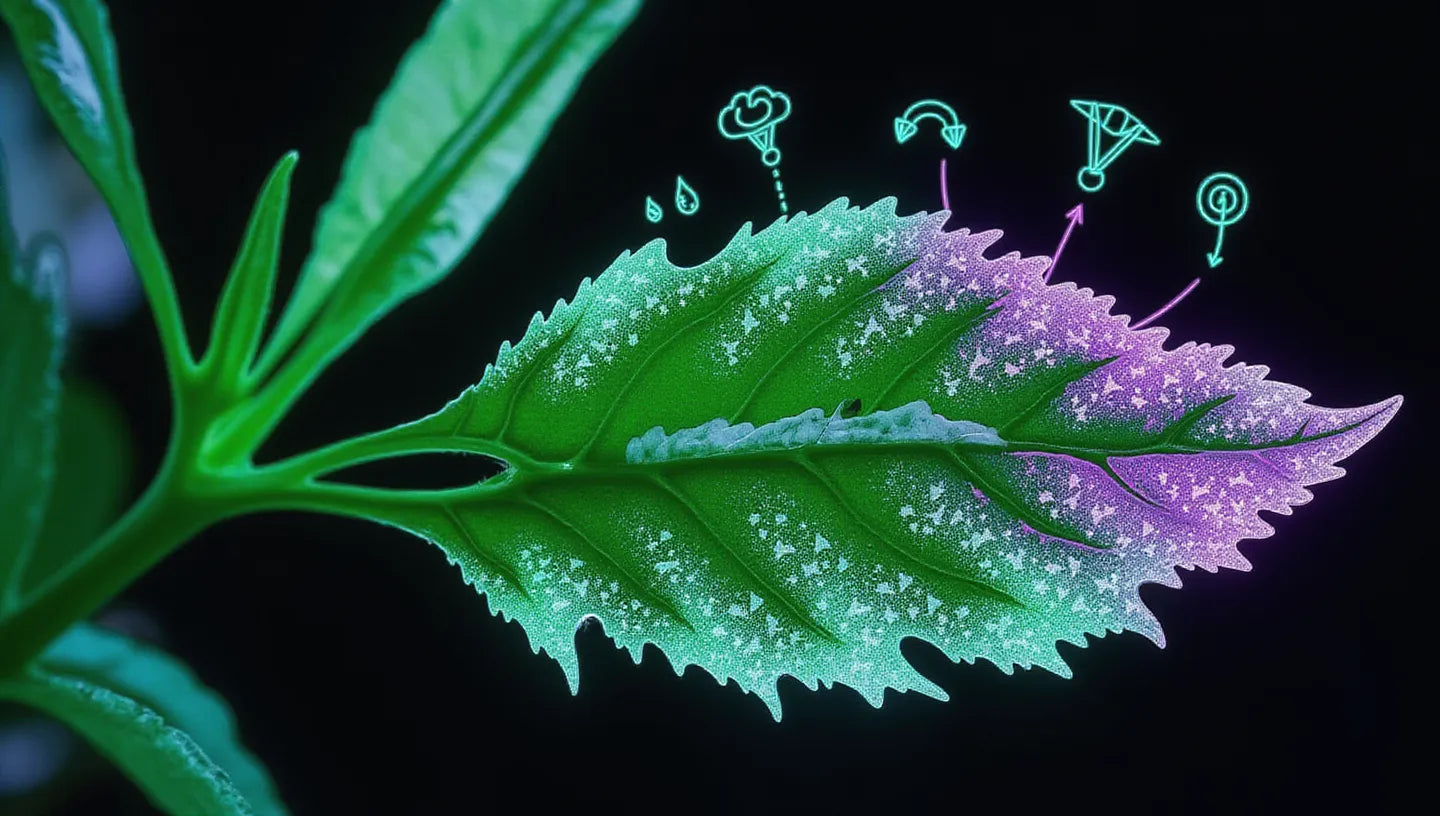
Areolate Mildew in Cotton: When Should You Treat?
Areolate mildew in cotton: early signs, ideal conditions for spread, treatment timing, resistant varieties, and key strategies to prevent yield loss.
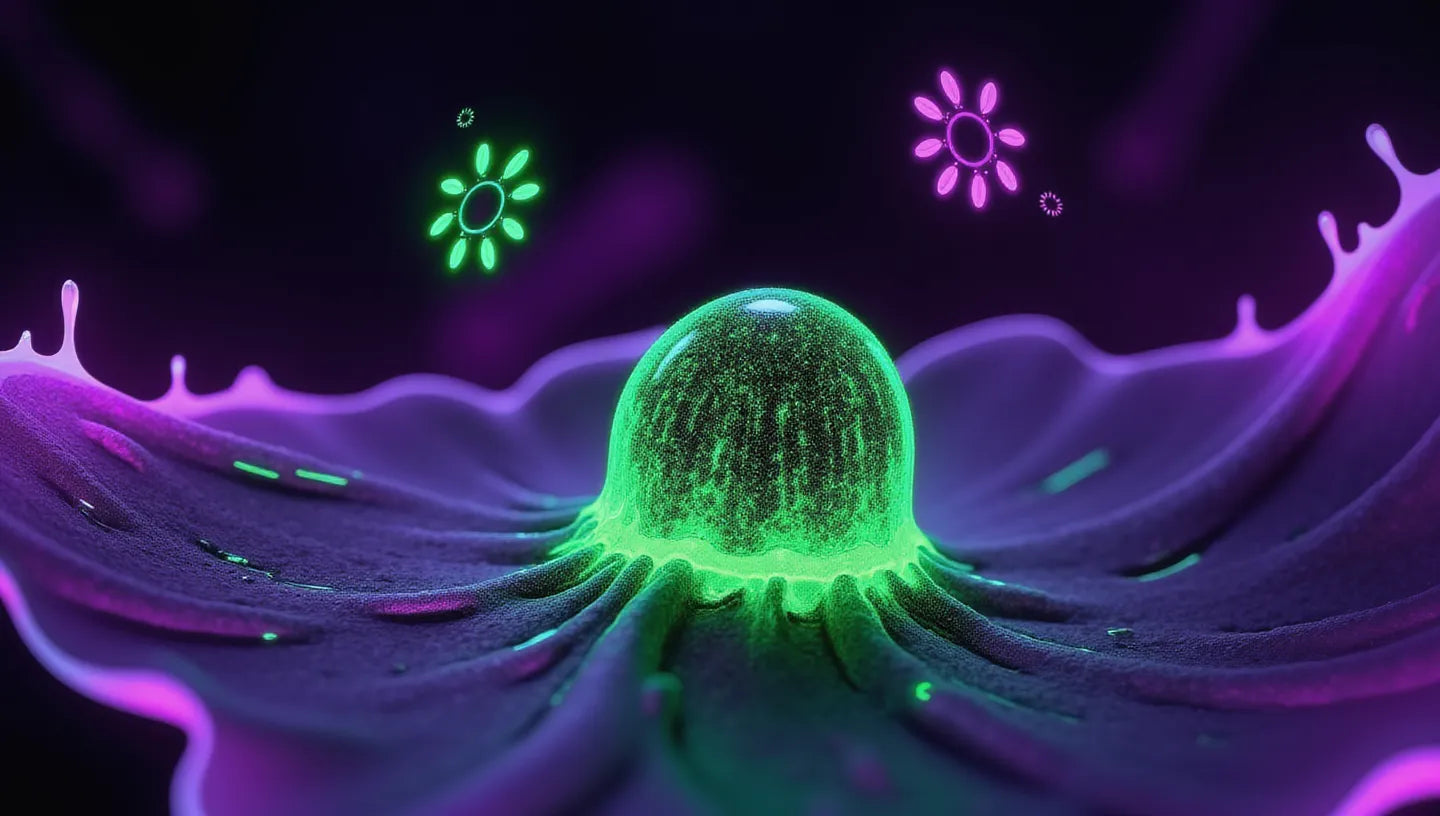
Appressorium: How Do Fungi Invade Host Cells?
Discover how fungal appressoria generate extreme pressure to punch into plants, drive major crop diseases worldwide, and inspire new CRISPR-based defenses.

Anastomosis: What Does It Mean in Medicine and Beyond?
Explore anastomosis across medicine, fungi, rivers, and technology—how reconnection builds resilience, supports healing, and powers living networks.

Gill Attachment: What’s the Purpose and How Does It Work?
Learn how mushroom gill attachment shapes identification, spore dispersal, and evolution—and why understanding gills is essential for safe, accurate foraging.

Hyphal Systems: Do They Strengthen Fungal Sporocarps?
Learn how mushroom hyphal systems (monomitic, dimitic, trimitic) shape strength, texture, and durability—and why growers and mycelium-material makers rely on them.
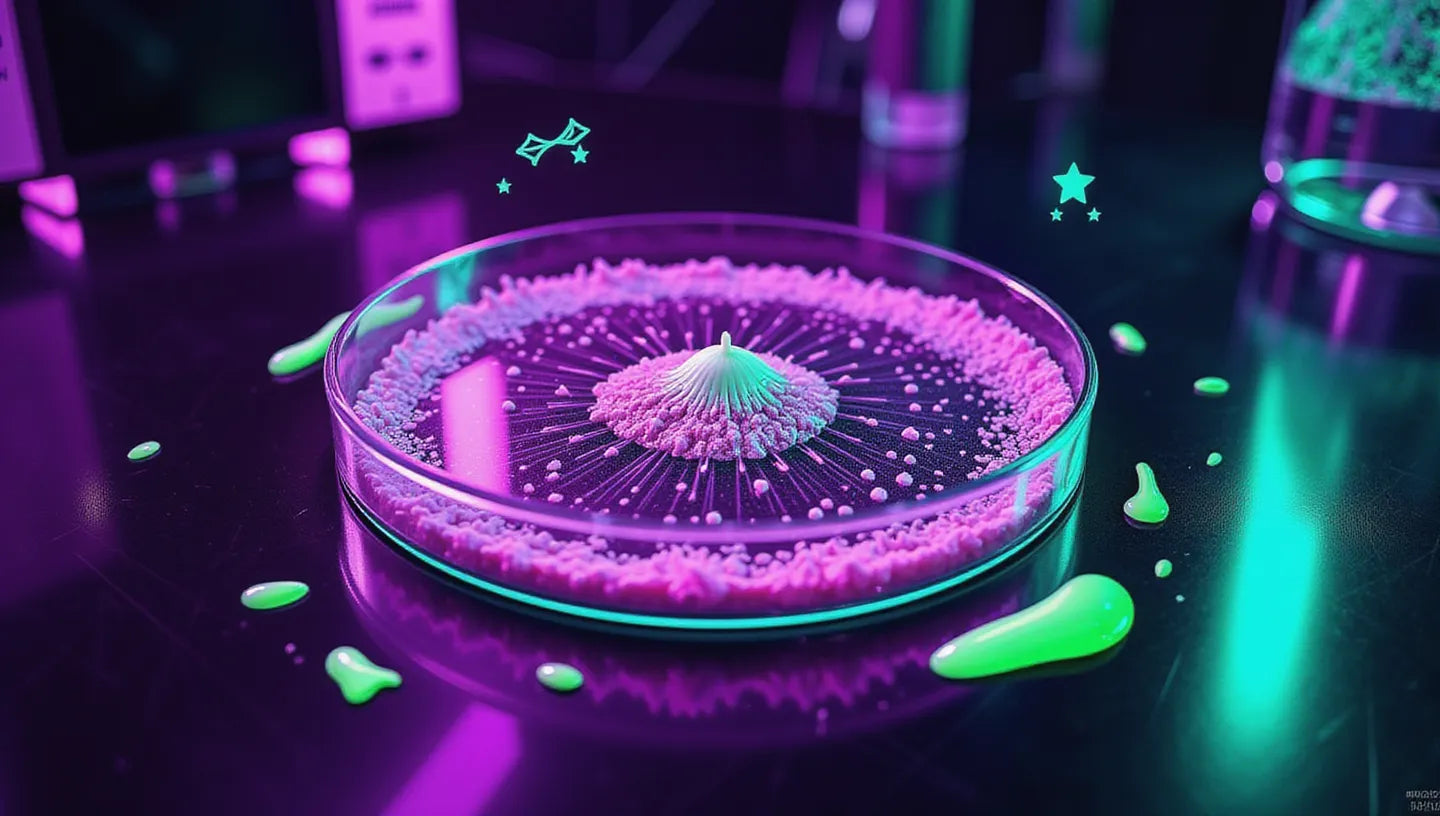
Anamorphic Fungi: What Are They and Why It Matters?
Discover anamorphic fungi—their fast-spreading asexual spores, role in crop disease, and surprising benefits in biotech, medicine, and sustainable agriculture.
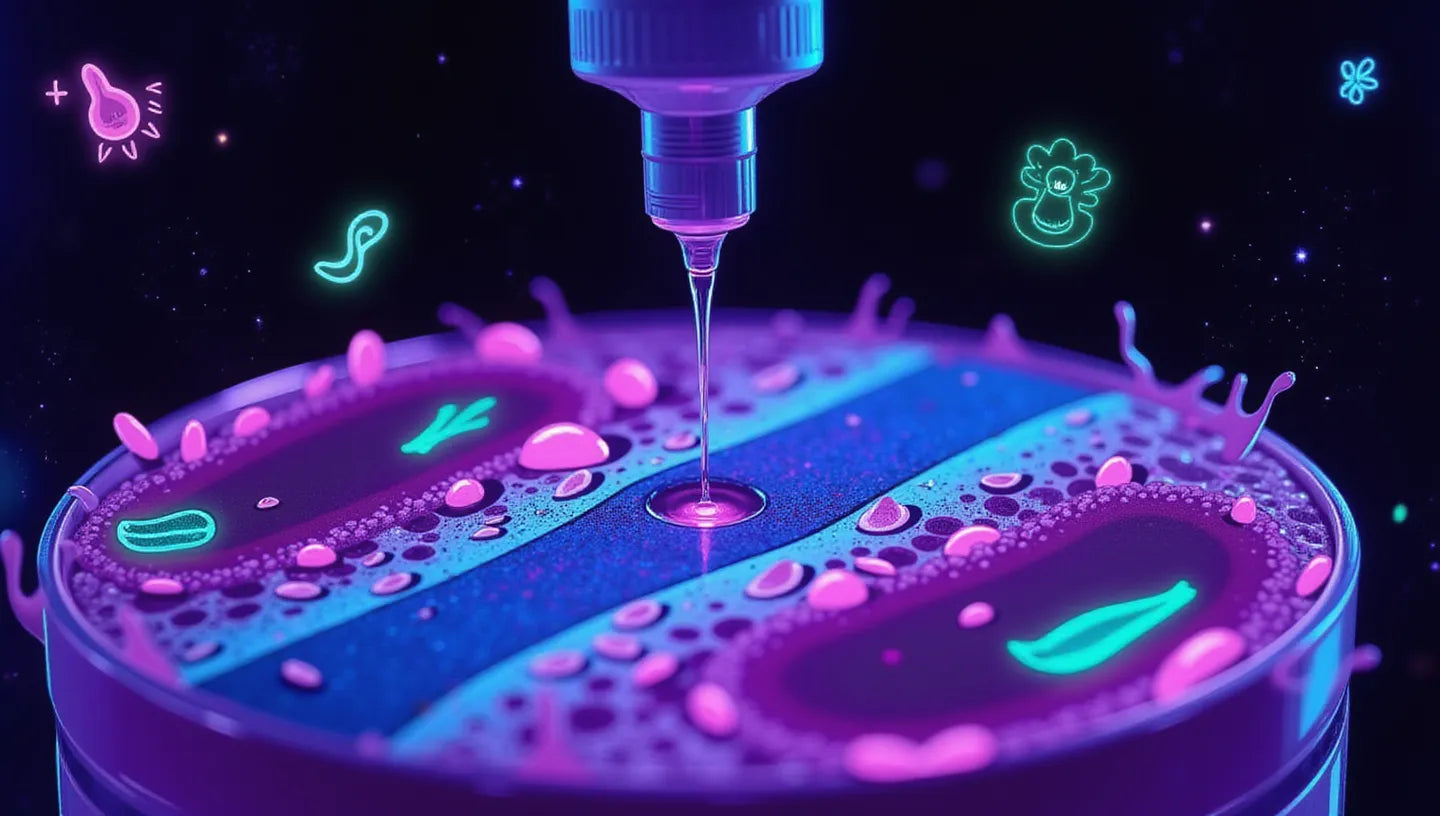
Amyloid Protein: What Makes It So Dangerous?
Explore how misfolded amyloid proteins drive diseases like Alzheimer’s, why beta-pleated sheets are so hard to clear, and how fungi reveal functional amyloids.

Acervulus Fungus: What Is It and How Does It Form?
Learn how tiny acervuli—hidden asexual fruiting bodies in fungi—drive plant diseases, slash crop yields, and may even power future eco-friendly biocontrol.

